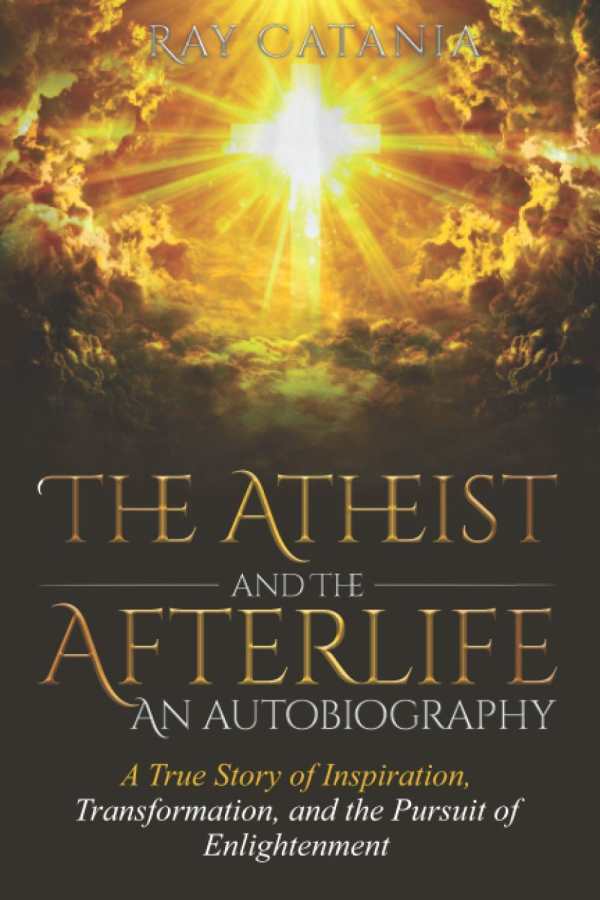The Atheist and the Afterlife
A True Story of Inspiration, Transformation, and the Pursuit of Enlightenment
The Atheist and the Afterlife is a thought-provoking book about recognizing and embracing one’s unusual gifts.
Ray Catania’s memoir The Atheist and the Afterlife concerns spiritual awakening and the development of psychic abilities.
In childhood, Catania endured abuse, had imaginary friends who may not have been imaginary after all, and had multiple near misses with death. He was saved multiple times by forces that he didn’t understand. In the text, the events that played a part in the suppression and subsequent exploration of his abilities are chronicled; his initial attempt to ignore and bury his experiences proved unsuccessful, and he was led to the ultimate acceptance, and honing, of his talents.
Catania’s relationship with his girlfriend Jessica is centered, as she encouraged him to work on his spirituality and embrace his abilities. Within the book, she and her late father function as catalysts for his growing talents. She is seen gifting him an energy clearing and introducing him to a medium, while her father proves to be the first, most insistent deceased person whom Catania communicates with.
Catania’s abilities are depicted as varied; he names clairvoyance, clairaudience, and clairsentience among them, and claims they are increasing in strength. He records visions of dead people who rely on him to send others messages, and recalls hearing other people’s thoughts. Communications with “energy beings living in a higher realm of reality” are also covered; these beings are said to occupy a hierarchy of power. Still, the text is insistent about viewing psychic abilities through a scientific lens, and is compelling about gathering theories that seek to explain the phenomena it describes. Its theory about dark energy being the residual energy of the deceased is intriguing and plausible.
Catania’s language is clear and straightforward, with touches of humor that lighten his story, in which abuse and suffering are regular events. But the book’s presentation is inconsistent: portions of it come in a narrative style, and others come in the form of journal entries, with the latter reading as though they were written far after the fact, impeding their intended immediacy. And the narrative timeline goes back and forth, giving way to contradictions, as with the book’s two differing accounts of Catania’s first yoga class.
Showing how Ray Catania transformed from a skeptic about psychic abilities to a believer who claims to be a psychic himself, the memoir concludes on an open and hopeful note. The Atheist and the Afterlife is a thought-provoking book about recognizing and embracing one’s unusual gifts.
Reviewed by
Carolina Ciucci
Disclosure: This article is not an endorsement, but a review. The publisher of this book provided free copies of the book and paid a small fee to have their book reviewed by a professional reviewer. Foreword Reviews and Clarion Reviews make no guarantee that the publisher will receive a positive review. Foreword Magazine, Inc. is disclosing this in accordance with the Federal Trade Commission’s 16 CFR, Part 255.

